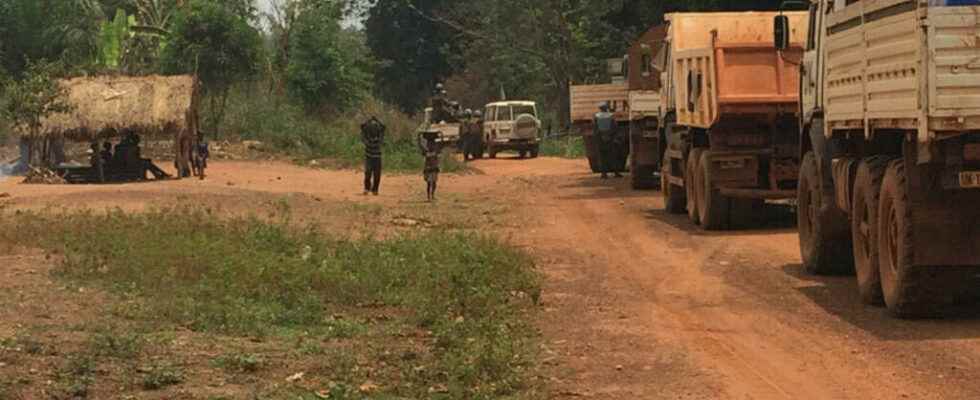In the Central African Republic, a truck rented by IOM and carrying materials for the construction of a college hit an explosive device on Thursday in the northwest of the country, killing two people and injuring two. ” The threat of explosive devices continues to grow in the CAR is alarmed by the United Nations humanitarian coordination in the country (Ocha).
With our correspondent in Bangui, Carol Valade
The appearance of explosive devices in CAR for a year and a half complicates humanitarian access in the most affected areas. Since April 2021, 32 people including 25 civilians have been killed by explosive devices according to Ocha and the consequences for the region are disastrous.
This is the second explosion on the same axis, in less than three months. A road yet cleaned up by the Minusca, that is to say that it was indeed opened by the Blue Helmets who resumed their cleaning activities after a break.
A few days earlier, the rebels launched an offensive in the locality: They were therefore able to lay so-called IED mines again after our visit. “Said a source at Minusca. Armed groups are seeking to limit the progress of the Central African armed forces and their Russian allies, according to analysts. Corn “ explosive devices do not discriminate “, underlines a humanitarian.
Casualties mostly civilians
The victims are overwhelmingly civilians. The consequence is that some localities are cut off from the world or are only accessible by air, which is much more expensive.
The lack of food and medicine adds to the insecurity that prevents farmers from working in the fields: “ We do not stop our activities, specifies the head of the OIM mission in the Central African Republic, but let’s adapt the modalities so as not to put new lives in danger. »
►Read: Are Central African armed groups changing their modus operandi?
